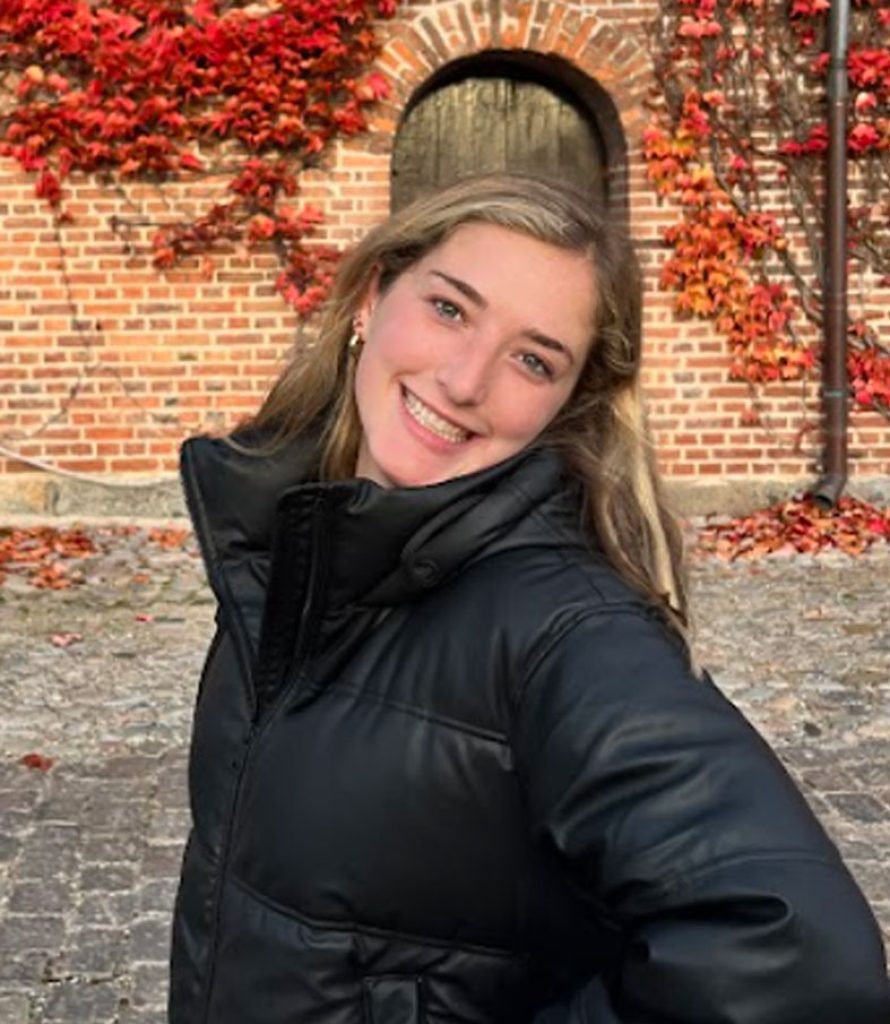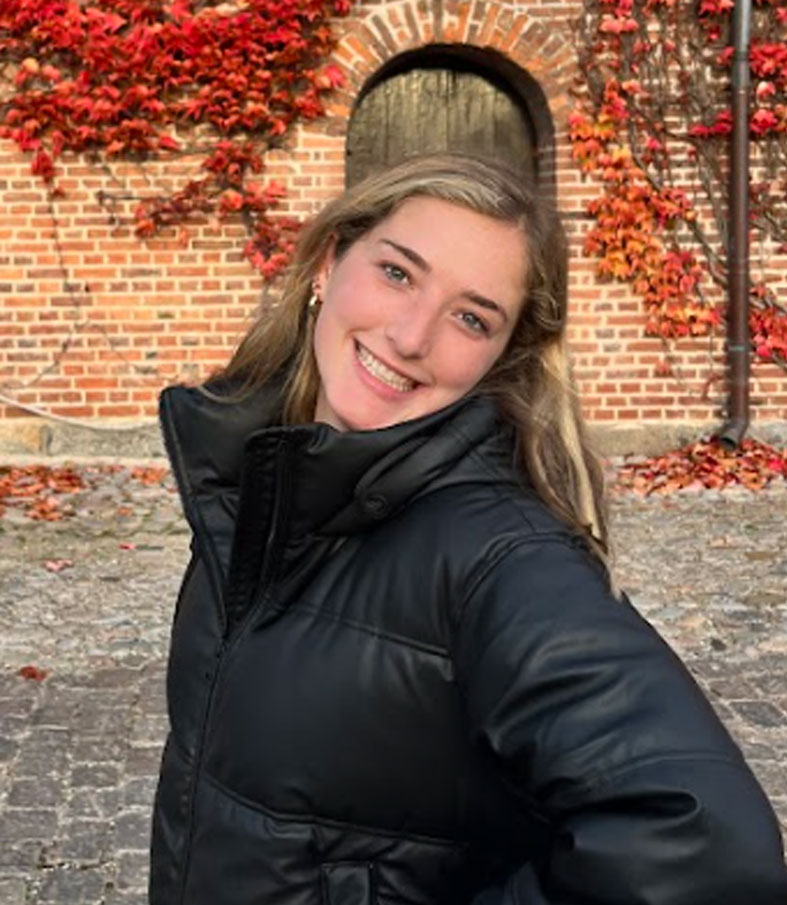If your child has been having trouble sleeping, their pediatrician may have suggested that they participate in a pediatric sleep study. While it may feel a little overwhelming to hear that your child needs to be studied, a pediatric sleep study is a simple exam that allows medical professionals to monitor aspects of your child’s sleep to look for irregularities.
In this article, we’ll explain what a pediatric sleep study is in more detail, provide you with tips on how to prepare your child for a sleep study, and what you should expect during one. We’ll also answer some common questions related to pediatric sleep studies.
What Is a Pediatric Sleep Study?
A sleep study, also known as a polysomnography1, is a test that measures your eye and leg movements, blood oxygen level, heart rate, and breathing while you sleep. A doctor analyzes patterns in these measurements in order to diagnose a potential sleep disorder.1 Sleep studies are either conducted in a lab or at home, each option accompanied by its own pros and cons.1
Pediatric sleep studies are essentially just sleep studies conducted for children rather than adults. During a pediatric sleep study2, a child’s brain waves, eye movements, heart rate, muscle tone, breathing movements, airflow, oxygen levels, and arm and leg movements are measured using sensors.
A sleep technician monitors the child throughout the night to view patterns, and a doctor reviews all of this data after the pediatric sleep study has been completed.2 This way, the doctor can analyze if your child has a sleep disorder.
In fact, a pediatric sleep study is the most effective way3 to diagnose pediatric obstructive sleep apnea, according to research.
Along with evaluating sleep apnea, a polysomnography can identify neuromuscular disorders4, chronic lung disease5, tracheostomy decannulation6, and periodic limb movement disorders7.
Does My Child Need a Sleep Study? When to Consult a Doctor
If you’re worried about your child’s sleeping patterns8, it is wise to consult their pediatrician.
Some examples of concerns parents and guardians might have are that the child has trouble falling asleep or staying asleep, snores loudly, is too drowsy during the day, or is hyperactive.8
If you have any of the above concerns, consulting a doctor is a great idea. A pediatrician can give you helpful next steps in learning more about your child’s sleep, which may include meeting with a sleep specialist.
How to Prepare Children for a Sleep Study
Your child may be nervous beforehand, so it could help to talk them through exactly what is going to happen and why they’re participating in this study. Remind your child that you will be present9 the entire night and that nothing is going to hurt.
In addition to mentally preparing your child, there are some actions10 that you can take in order to make them more comfortable during the study, including feeding them dinner before going to the sleep center and not letting them nap the day of the study.
When preparing ahead of time, you may also want to pack the following items to bring with you10:
- Pajamas for you and your child
- Change of clothes for your child and yourself for the morning
- A stuffed animal or comfort item that your child typically sleeps with
- A pillow and blanket from home if that will make you both feel more comfortable (for you and your child)
- A book for a bedtime story
- Diapers and wipes if your child is not potty trained
- Toiletries for you and your child
- Any medications your child takes at bedtime
What to Expect During a Pediatric Sleep Study
As a parent, you and your child may be equally nervous when anticipating the upcoming sleep study. You should arrive at the sleep center on time with your child. A sleep technician will greet you and set you and your child up in a room. Next, they’ll apply sticky sensors to your child’s face, chest, and potentially other areas of their body.10
You will stay in the room with your child the entire night, and typically, one parent is allowed at a pediatric sleep study. You should not bring other children with you.9
If your child needs to use the restroom11 or get out of bed for another reason during the night, you will have a way to contact the sleep technician, who will come in the room and unhook your child from the sensors.
Overall, this experience shouldn’t feel too far off from a typical night’s rest for your child.
How Will My Child’s Sleep Problems Be Treated?
The reason for your child’s sleep issues will determine the course of treatment.
If it’s bad habits, their doctor may recommend some at-home steps to help them sleep better. This might include sticking to a regular sleep schedule, establishing a regular bedtime routine for them, and cutting off melatonin-inhibiting screen devices two hours before bed12 since these can make it harder to feel sleepy.
If the issue is emotional, cognitive behavioral therapy (CBT) is considered the first-line treatment for chronic insomnia13. However, if the sleep study reveals they have obstructive sleep apnea (OSA), their physician may advise continuous positive airway pressure (CPAP) therapy, which is considered an effective treatment for OSA14. With CPAP therapy, they’d wear a mask that supplies a continuous flow of oxygen to help them breathe easier and manage OSA symptoms.
Learn more about CPAP therapy in our in-depth guide.
Common Questions About Pediatric Sleep Studies
What Is the Youngest Age for a Polysomnography?
According to Yale Medicine, children as young as infants can partake in a polysomnography.8 A pediatric sleep study is non-invasive and uses sticky sensors, so you shouldn’t worry about causing discomfort for your child.
How Long Do Pediatric Sleep Studies Last?
Pediatric sleep studies, much like a typical polysomnography, will last an entire night15. Before your child’s sleep study, you’ll receive specific information from your clinic about the time that you need to arrive that night. When your child wakes up in the morning after the study, the sleep technician will remove the sensors, and the two of you will be free to leave the clinic.
What Kind of Doctor Performs Pediatric Sleep Studies?
A pediatric sleep specialist16 will likely perform your child’s sleep study. However, a sleep technician will be the person who interacts with your child on the evening of the sleep test and is the person who will monitor the child throughout the night.
Additionally, other healthcare providers may help your child with their problems related to sleep. Some of these doctors include neurologists, child development and behavioral specialists, and nutritionists.16
Final Thoughts
After learning more about pediatric sleep studies, you should feel more prepared about letting your child partake in a sleep test. It’s just like sleeping at home, but they’ll have a few sensors adhered to their skin.
Before deciding to enroll your child in a sleep study, it is important to consult a medical professional. A pediatric sleep study is a fantastic way for a doctor to view a child’s sleep patterns and then provide them with interventions that can help them sleep far more easily.

Emma Cronan
Writer
About Author
Emma is an Editorial Intern for Sleep Advisor. She collaborates with the editor and staff writers to come up with article ideas, create article outlines, and write for the website.
Combination Sleeper
References:
- Cagle, Joshua S., et al. “Portable Sleep Study Device Versus Polysomnography: A Meta-analysis”. Otolaryngology-Head and Neck Surgery. 2023.
- Kinoshita, Fumiya., Takada, Masumi., Nakayama, Meiho. “Polysomnography”. Bio-information for Hygiene. 2021.
- Wu, Chia-Rung., et al. “Diagnostic meta-analysis of the Pediatric Sleep Questionnaire, OSA-18, and pulse oximetry in detecting pediatric obstructive sleep apnea syndrome”. Sleep Medicine Reviews. 2020.
- Gurbani DO, Neepa., et al. “Sleep disordered breathing: Assessment and therapy in the age of emerging neuromuscular therapies”. Pediatric Pulmonology. 2020.
- Sunwoo, Bernie Y., Owens MD, Robert L. “Sleep Deficiency, Sleep Apnea, and Chronic Lung Disease”. Clinics in Chest Medicine. 2022.
- Xiao MD, Lena., et al. “Pediatric tracheostomy tube decannulation with or without polysomnography: A PRO-CON debate”. Pediatric Pulmonology. 2021.
- DelRosso, Lourdes M., et al. “Periodic limb movement disorder in children: A systematic review. Sleep Medicine Reviews. 2024.
- “Pediatric Sleep Study”. Yale Medicine. Webpage accessed September 27, 2023.
- “What to Expect during your Child’s Sleep Study”. Upstate Medical University. Webpage accessed September 27, 2023.
- “Prepare for Your Child’s Sleep Study”. Children’s Hospital of Philadelphia. Webpage accessed September 27, 2023.
- “Sleep Study Frequently Asked Questions”. Penn Medicine Princeton Health. Webpage accessed September 27, 2023.
- Thi Pham, Hue., et al. “Electronic Device Use before Bedtime and Sleep Quality among University Students”. Healthcare. 2021.
- Dewald-Kaufmann PhD, Julia., de Bruin PhD, Ed., Michael PhD, Gradisar. “Cognitive Behavioral Therapy for Insomnia (CBT-i) in School-Aged Children and Adolescents”. Sleep Medicine Clinics. 2019.
- Sawunyavisuth, Bundit., et al. “Any Effective Intervention to Improve CPAP Adherence in Children with Obstructive Sleep Apnea: A Systematic Review”. Sage Journals. 2021.
- “Preparing For Your Child’s Sleep Study”. Johns Hopkins Medicine. Webpage accessed September 27, 2023.
- “Sleep Disorders in Children”. Duke Health. Last modified February 9, 2023.
